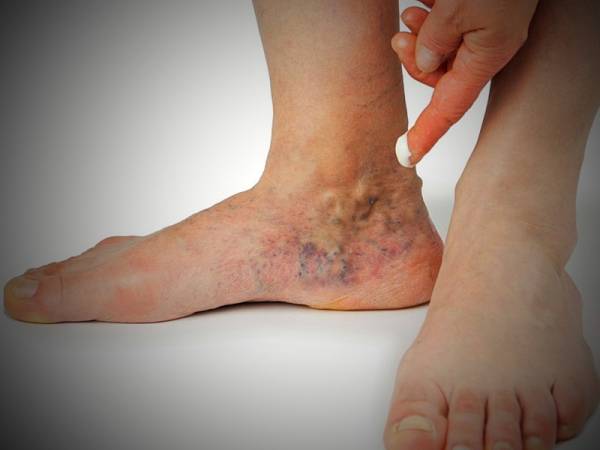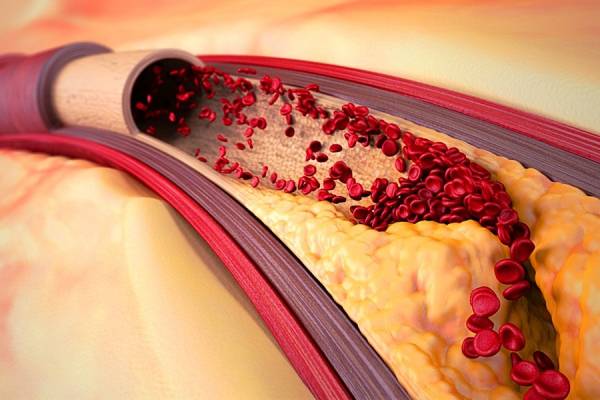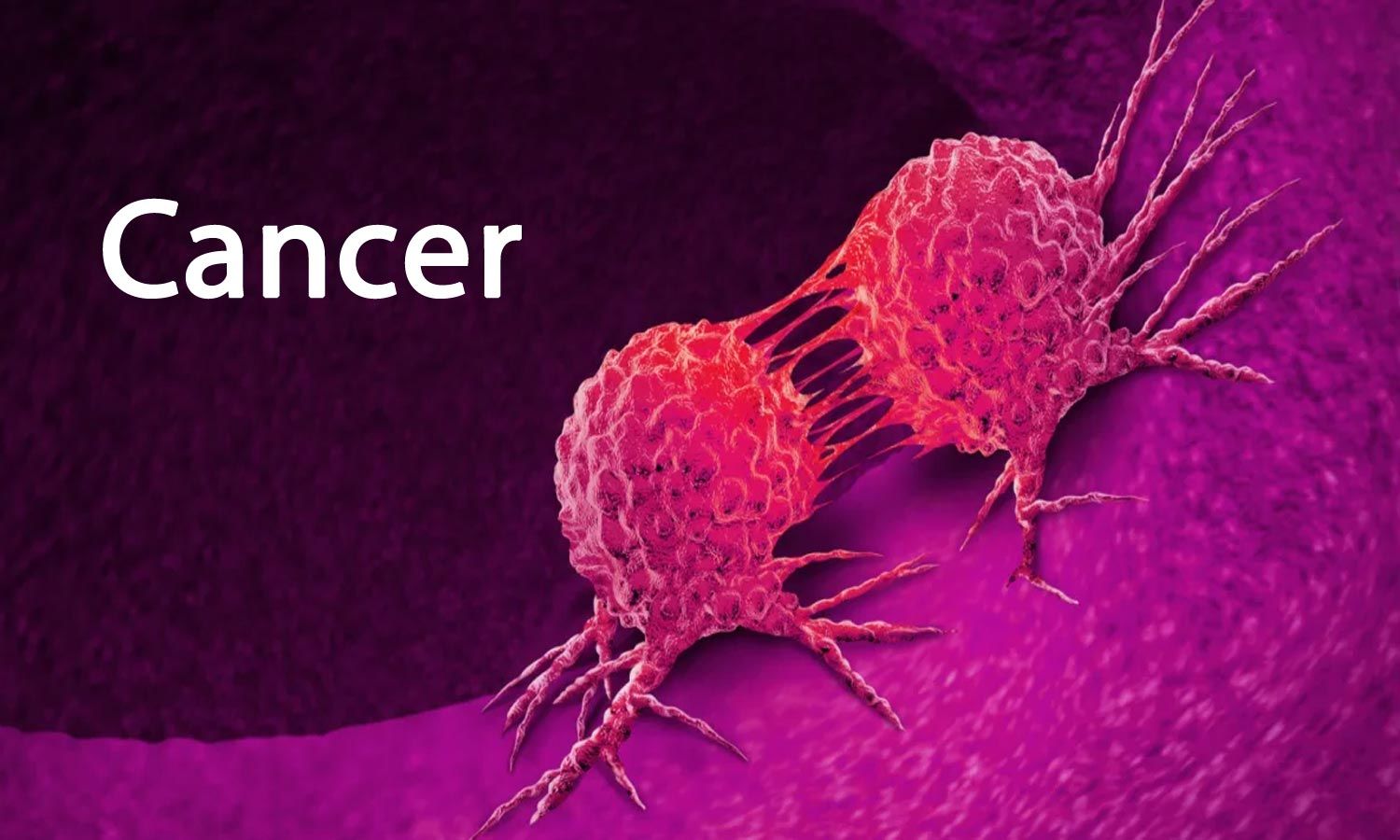Why do blood clots form in legs?
What causes blood clots in the legs?
Blood clots, especially in the legs, are a symptom seen in many people. Unfortunately, they consider it a sign of high activity; if a blood clot in the legs is a warning, that should be taken seriously.
A disease in which one of the causes is blood clots in the legs
DVT is a disease that is more common in sedentary, aging, pregnancy, and blood disorders and is caused by blood clots in the legs and slows blood flow to damaged arteries. A blood clot (thrombosis) slows blood movement in the streets, causing the area to become swollen, red, and painful. If blood clots go to the lungs, the pulmonary arteries become blocked, and the disease blocks the blood flow to the lungs, in which case the person has difficulty breathing and has difficulty breathing.

Factors that cause DVT (Deep Vein Thrombosis):
- Obesity and overweight
- A long journey by air or car
- Taking birth control pills
- Some estrogen replacement therapies
- Personal or family history
- Long rest and more than three days in bed
- After surgery (more than 30 minutes under anesthesia)
- smoking
What causes blood clots in the legs?
The disease may initially have no signs or symptoms. The immediate injection is a blood thinner to treat and prevent an increase in blood clots (heparin).
Also, taking blood-thinning pills (warfarin) can prevent clots from enlarging and forming new clots. Exercise and physical activity, and medication are also effective in treating this disease. It is better to exercise every few minutes or stretch your leg muscles if you sit a lot.
Here are some medical conditions for care that can be cited as the main cause of blood clots in the legs.
Damage to blood vessels:
Damage to blood vessels activates blood platelets, which in turn causes blood to clot. Platelets attach to the walls of damaged blood vessels. Cells do this by reshaping and plugging. They repair the damaged part so that blood does not leak from it. When activated, platelets absorb chemicals to reach the next stage, which has a retinal structure.
Thrombocytosis:
This disorder is caused by a large number of platelets in the blood. Excess platelets cause abnormal contraction, which leads to abnormal blood clots. Platelet counts are usually due to underlying diseases, and blood disorders in the bone marrow are normal.
Atrial fibrillation:
This disorder is an irregular display of the heartbeat. Irregular contractions lower blood pressure. There is no pressure on the more open arteries, so blood clots, increasing the risk of stroke and other heart complications. Symptoms may include dizziness and fatigue. Doctors prescribe some medications and lifestyle changes. It is recommended to control this disease, and in more severe cases, surgery is prescribed.
Atherosclerosis:
It is a condition in which the blood vessels responsible for carrying oxygen from the heart tighten and restrict blood flow to the organs and tissues of the body. Normally, the arteries are flexible. But with age, the risk of developing them is increasing.
Heart failure:
The formation of blood clots can cause heart failure. Heart failure occurs when the heart muscle is unable to get blood to different parts of the body. When this happens, the blood in the arteries and veins has the necessary pressure. They can cause blood to clot. This condition can be dangerous and may have more health consequences, including a heart attack.

Special drugs:
Some medications, taken by some people, can cause blood clots in blood vessels and arteries due to underlying conditions and risk factors. These include oral contraceptives, breast cancer medications, and hormonal medications.
The mechanism of action of drugs is performed by the normal flow of blood, which reduces the blood and increases the risk of vital clotting organs. In such cases, the doctor can solve the problem by changing the patient’s medication.
Antiphospholipid syndrome:
This is another common cause of blood clots and occurs when the immune system mistakenly attacks the natural proteins in the blood. The amount of damage depends on the location and type of protein being attacked.
This syndrome can cause blood to clot in the arteries and veins. It is a blood disorder that can be caused by pregnancy complications such as miscarriage and congenital disabilities.
How do you treat a blood clot in the leg at home?
Hereditary clotting disorders:
Some blood clotting disorders are inherited genetically, but this problem does not usually occur at a young age. After reaching puberty, a person may show symptoms in this area. People who have inherited such a disorder are good and necessary to see a doctor for prevention. Women need to be monitored and examined by a doctor before pregnancy or childbirth to have effective treatment.
Obesity:
Obesity increases the rate of blood clotting in the arteries and veins. People who are obese produce more adipokines and cytokines, which leads to insulin resistance and chronic inflammation.
Cytokines secreted by adipose tissue also increase platelet activity. Obesity also reduces blood flow through blood vessels, leading to abnormal blood clots.


